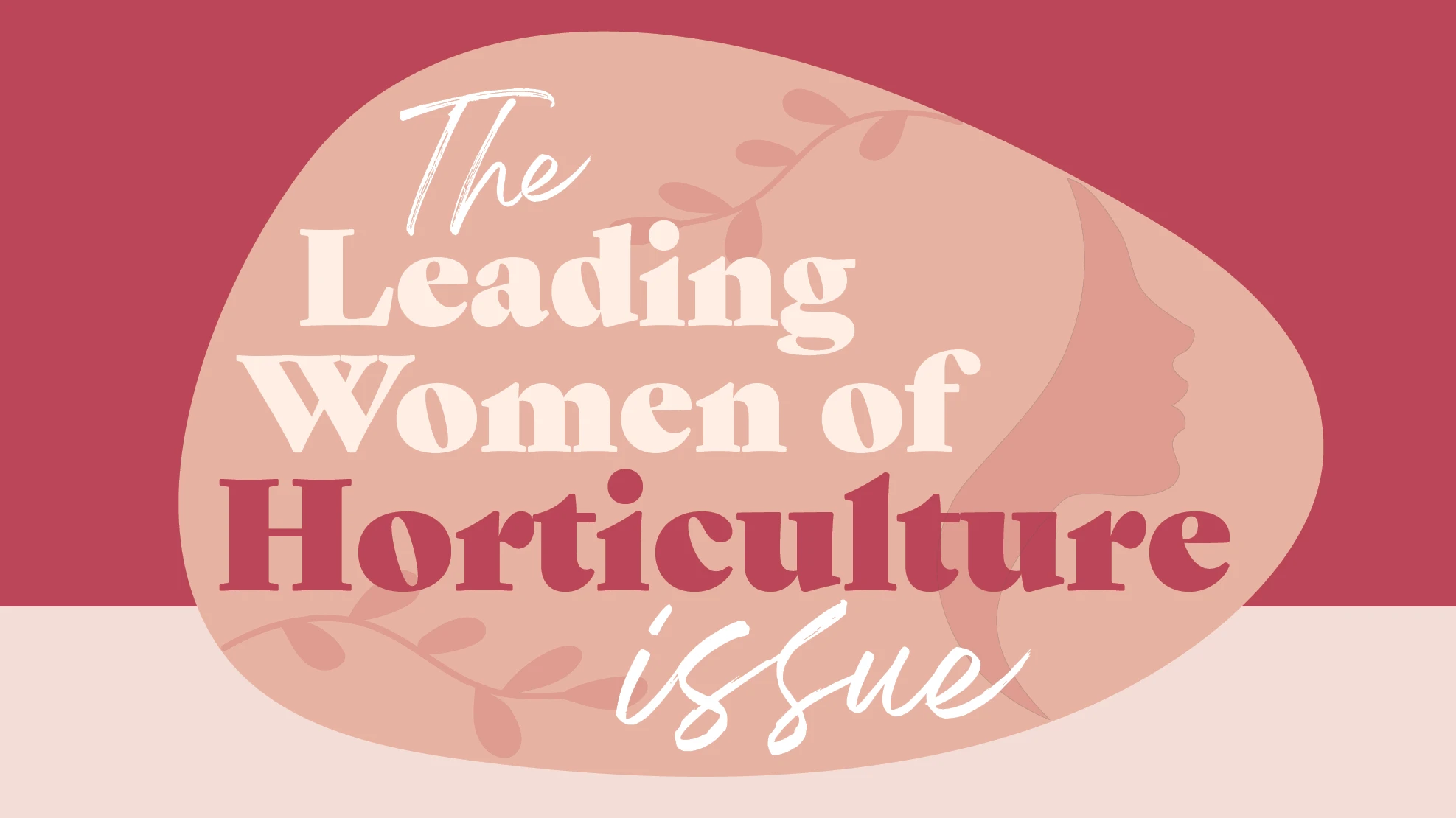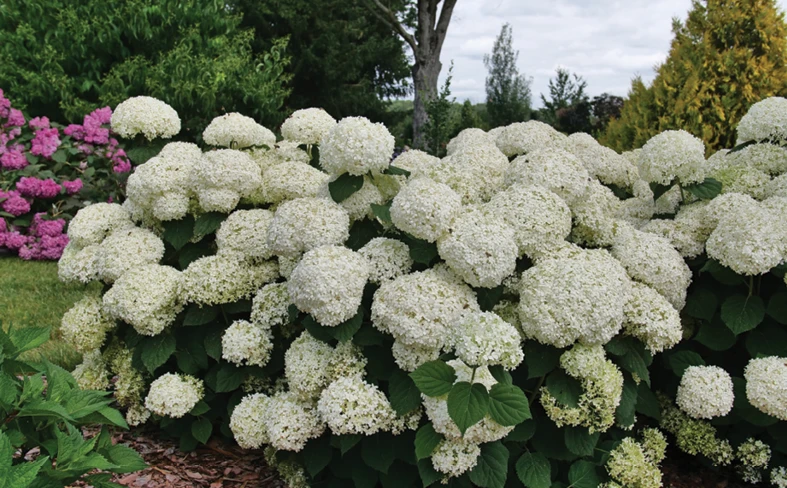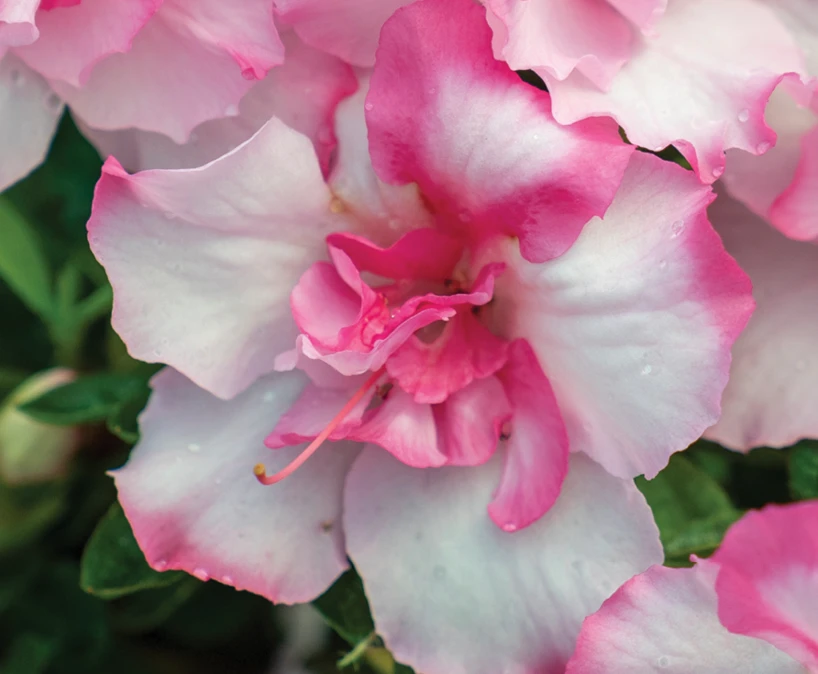
 Hungry deer can cost millions in crop losses, but some planning strategies can help deter these pests from feeding on your investment.
Hungry deer can cost millions in crop losses, but some planning strategies can help deter these pests from feeding on your investment.
Deer browse year-round, but are most destructive during the winter when alternative foods are less available, said Scott Hygnstrom at the University of Nebraska’s School of Natural Resources.
There is no such thing as a deer-proof plant -- under severe circumstances, deer will eat anything. But there are some plants that deer tend to avoid when other food is accessible. For trees, try Aesculus parviflora (bottlebrush buckeye), Betula papyrifera (paper birch), Cryptomeria japonica (Japanese cedar) and Picea pungens glauca (Colorado blue spruce). For shrubs, try Asimina triloba (pawpaw), Buddleia spp. (butterfly bush), Hibiscus syriacus (rose of Sharon) and Mahonia aquifolium (Oregon grape holly.) For ornamental grasses, try Acorus spp. (Japanese sweet flag), Carex spp. (Japanese sedge), Panicum virgautm (switch grass) and Pennisetum alopecuroides (fountain grass).
Check with your local extension office for a comprehensive list of plants that deer frequently eat and varieties that deer shun.
Industrious growers have come up with some interesting ways to deter deer, short of a well-sighted rifle. Landscapers with clients in deer-browsing areas can also try these tricks.
Strong-smelling soap tied to trees may also keep deer away from nursery fields and landscapes. Leave the paper on the soap to help it last longer. The key is finding a soap with the strongest scent. An old-time home remedy for shooing away deer is human hair placed in old nylons and tied to tree branches.
Blood meal is another home remedy often touted as a deer repellent, but several growers said it was ineffective. Dried peppers – the hotter the better, such as cayenne or habanero – sprinkled on plants or around perimeters may also work.
Todd Efing, nursery manager at Van Putte Gardens in Rochester, N.Y., has been using Shake Away since spring to deter marauding deer from entering poly houses when the sides are vented during warmer months.
“Fencing 15 acres wasn’t financially viable. And we didn’t want to fence around the houses because they can be seen from our retail area,” Efing said.
He set up a testing area around four Quonsets and a perennial holding area.
“We put out pouches with the Shake Away product around the corner perimeters of the area and also applied the granular product around the entire area,” he said.
He applied the granules twice a week for the first two weeks, then switched to once a week.
“Staying on schedule is important to the success of this product,” he said. “But so far no damage, and we usually have a noticeable amount by mid-May.”

Explore the June 2010 Issue
Check out more from this issue and find your next story to read.





